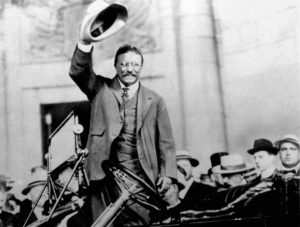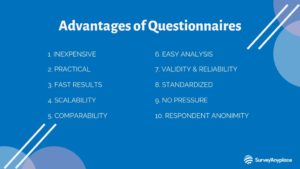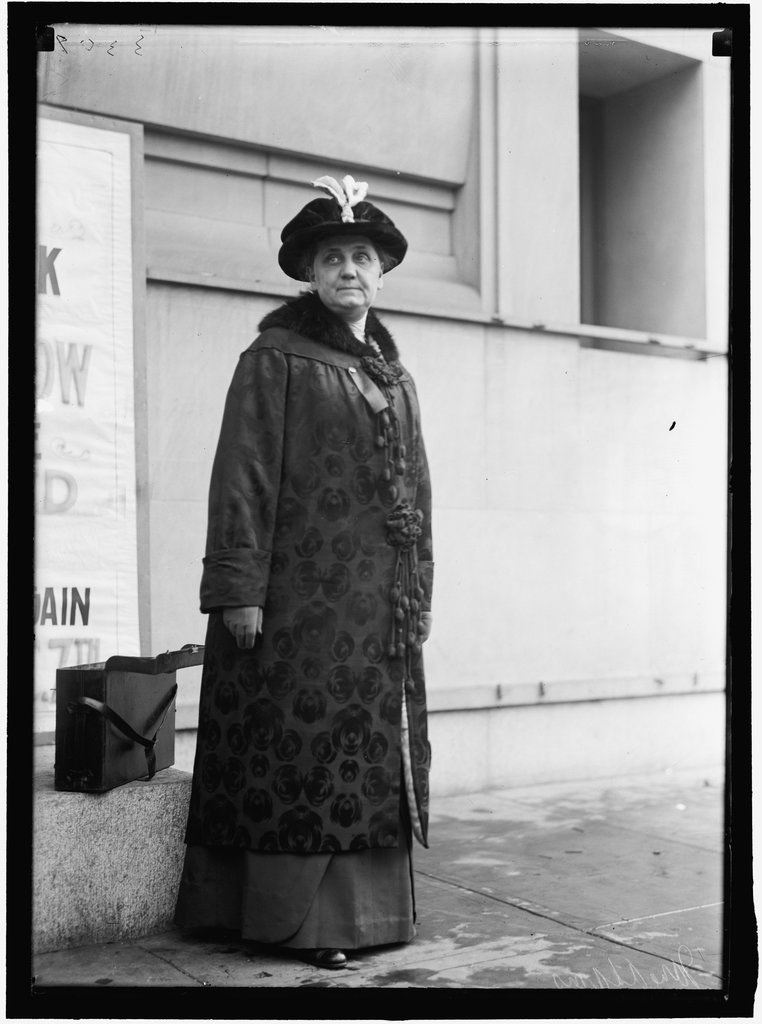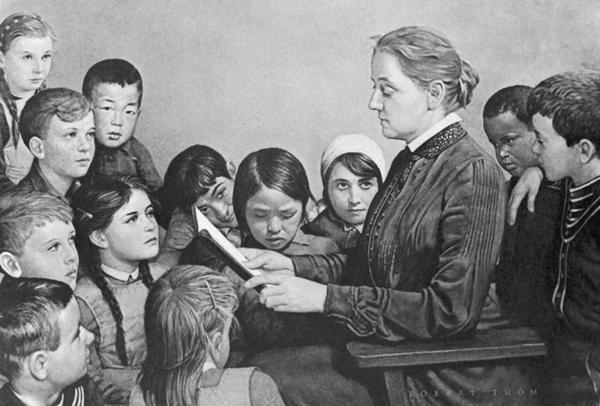
Erving Winslow was an author and activist that lived from 1839-1922. After he graduated from Harvard, he served on the United States coast survey and the United States sanitary commission during the Civil War. Some of his works include The Anti-Imperialist League: Apologia Pro Vita Sua and Neutralization: America’s Opportunity. Winslow was involved with the anti-imperialist league to try and prevent America’s annexation of the Philippines. A few others who were also involved included Jane Addams, Mark Twain, and Andrew Carnegie. Of course, this group was not supported by those who wished to Annex other countries. One newspaper article written in 1911 discusses how the secretary of the interior of Philippine Insular government attacks the league and Winslow specifically. He states that Winslow, who was the secretary of the league with making false claims to the public. After America won the Spanish-American war in 1989, the Treaty of Paris was signed where Spain ceded its control over the Philippines. Nationalist groups in the Philippines began to fight against America leading to the Philippine-American war that killed 20,000 Filipino troops and 200,000 civilians as well as 4,300 American troops. After the Treaty of Paris, the anti-imperialist league began to decline and eventually disappeared in 1920.
In a letter to Jane Addams written on August 7, 1912, Winslow criticizes Addams for supporting Theodore Roosevelt. Roosevelt fought in the Spanish-America war and when he became president in 1901, he agreed with his predecessors that Philipinos were incapable of self-government. Unlike previous presidents, he created a ceasefire in 1902 to stop the bloodshed between the American military and nationalist Philipino groups fighting for independence. Winslow claims that supporting Roosevelt is contradictory for “those who are laboring for social welfare” because the effects of the war “increase of the navy, the fortification and appropriation of the Panama Canal and the hypocritical support of women’s suffrage to be decided by the votes of women instead of a natural right.” 1
This source is not directly relevant to the topic of LGBTQ in the military, but it is interesting to see how a society can react to imperialism and war. I am interested in how support or anti-war attitudes may have affected the LGBTQ community later in history. For example, if there was a war happening and you needed more members, it may be likely if you were homosexual this was ignored. If the public no longer wishes for war, or if the country is not involved in a conflict, being part of the LGBTQ community might become more of an issue.

Again, the source was written in 1912. It makes sense that Winslow wrote to Addams during this time because Theodore Roosevelt was running for President. His Bull Moose Party’s foundation was defined as progressive. He called for “direct election of U.S. senators, woman suffrage, reduction of the tariff, and many social reforms.” 2 One can infer that Addams likely supported Roosevelt due to his platform coinciding with her beliefs. Roosevelt was not elected though, instead, Woodrow Wilson became president. Winslow wrote Addams numerous times about the Philippines and wrote three letters in 1912 about the race for president. This shows that on behalf of the Anti-imperialist league, he was actively trying to change Addams’ mind throughout 1912.
The letter was written in Boston, which was where Winslow lived. His environment may have influenced his beliefs. For example, some of his fellow league members may have lived near him, like Andrew Carnegie who also lived in Massachusetts.
The fact that it was a letter to Addams shows why he tried to convince her that Social workers should not support Roosevelt. The tone of the letter was chastising, but not extremely harsh. For example, he ended his letter signed with “your obedient servant” 3 His purpose is reflected by his wording, his background, and the situations happening during his time period.
Work Cited and Footnotes
1 and 3 “Erving Winslow to Jane Addams, August 7, 1912.” Jane Addams Digital Edition. Accessed March 1, 2020. https://digital.janeaddams.ramapo.edu/items/show/5221.
2 “Teddy Roosevelt Nominated as Bull Moose Candidate.” History.com. A&E Television Networks, February 9, 2010. https://www.history.com/this-day-in-history/teddy-roosevelt-nominated-as-bull-moose-candidate
“American Anti-Imperialist League.” American Anti-Imperialist League – New World Encyclopedia. Accessed March 1, 2020. https://www.newworldencyclopedia.org/entry/American_Anti-Imperialist_League.
History.com Editors. “Andrew Carnegie.” History.com. A&E Television Networks, November 9, 2009. https://www.history.com/topics/19th-century/andrew-carnegie.
“Philippine-American Conflict.” TR Center – Philippine-American Conflict. Accessed March 1, 2020. https://www.theodorerooseveltcenter.org/Learn-About-TR/TR-Encyclopedia/War-and-Military-Affairs/Philippine-American-Conflict.




